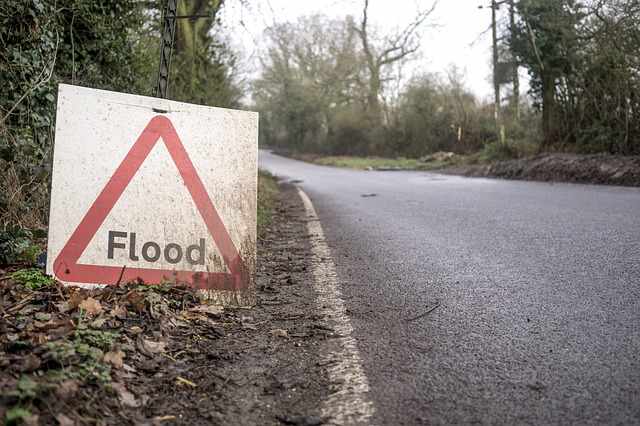Climate change could drive cost of UK floods 42% higher: JBA

The impacts of climate change could drive the economic costs of flooding in the United Kingdom some 42% higher by 2050, according to analysis by specialist flood risk modeller JBA.
JBA Risk Management believes the cost of a 200-year flood event could increase by 42% to £5 billion by the middle of the century, under an intermediate emissions scenario (RCP4.5).
Without sufficient action to reduce emissions, the UK could see a hike of up to 87% in average annual losses to residential properties, the risk modeller estimates.
In addition, JBA warns there could be a 120% increase in the cost of surface water floods, particularly in the south and east of the UK under a no-action RCP8.5 scenario.
The estimates provide a stark view of where loss costs could increase to for insurance and reinsurance interests in and with capital deployed to the UK.
JBA Risk Management has launched a new version of its UK Flood Model, which features two new climate scenarios for intermediate and unmitigated warming by 2050 and thousands of new future events, including events of increased severity and spatial coverage.
Interestingly, while it is river flooding that is the dominant risk from climate change, particularly in the west of the UK, the greatest change in flood losses may be driven by coastal flooding – with a 150% increase under a no-action RCP8.5 scenario by 2050.
Judith Ellison, Climate Change Commercial Lead at JBA Risk Management commented, “Our latest UK Flood Model has been developed using new methodology and the latest UK Climate Projections from the Met Office while building on practical learnings and client feedback from our 10 years of flood modelling experience. The key element of the latest approach is the ability to build new and more severe events – with thousands of new events in total– to more effectively reflect the potential impacts from climate change and give users greater insight into the challenges of future risk.”
These figures are under the more severe climate change warming scenarios, but they provide an insight into the potential future loss burden for insurance and reinsurance interests should warming run higher than current forecasts.






